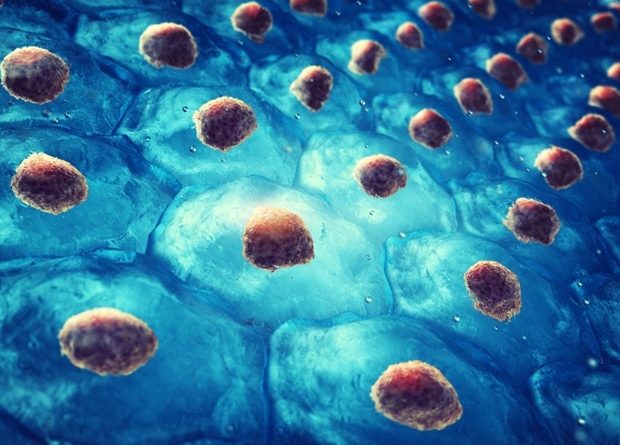Ceramides start to accumulate in muscle during aging, finds study
A study carried out at the University of Helsinki and école Polytechnique Fédérale de Lausanne in Switzerland found that during aging, ceramides, a class of fat molecules called sphingolipids, start to accumulate in muscle, impairing its function. Ceramides have an important role as a protective structure for the skin, and are used in skin care products. Their significance in aging, however, has remained unclear so far.
As people age, the quantity of muscle tissue usually decreases and functional capacity is reduced. In the current study, the researchers observed that the number of ceramides and other sphingolipid molecules in muscle tissue increases when humans grow older. Because sphingolipids serve as cells' internal messengers, this makes a difference.
The link between sphingolipids and aging and its related diseases is a broad and fascinating subject, as they mediate a range of tasks in cells, including cell division and differentiation as well as insulin signaling."
Pirkka-Pekka Laurila, MD, University of Helsinki and école Polytechnique Fédérale de Lausanne
The study was published in December in the Nature Aging journal.
Reduction of ceramides boosts muscle strength and stem cell function
To begin with, the researchers investigated whether inhibiting ceramide production in cells could halt sarcopenia, or muscle loss associated with aging. They administered the drug myriocin, which is known to inhibit the production of ceramides, to the intraperitoneal cavity of aging mice. Myriocin slowed down sarcopenia in the mice, preserving their muscle strength and improving their balance and running capacity. It was found that the effects were related to muscle stem cell function.
Antibodies eBook

Usually the number of stem cells in muscles decreases as we get older. "We found that when ceramide production was inhibited, the number of muscle stem cells and their functional capacity was better preserved," says Professor Johan Auwerx from école Polytechnique Fédérale de Lausanne.
In the mice receiving myriocin, stem cells more effectively differentiated into mature muscle fibers, increasing the number of white muscle fibres that maintain muscle strength and speed.
A marked role in human aging as well
Finally, the researchers wanted to study whether inhibition of ceramide synthesis could prevent muscle loss also in humans. They utilized thousands of samples collected from 70 to 80-year-old Helsinki residents in the extensive Helsinki Birth Cohort Study. The researchers found that 25% of the study subjects had a gene variant that had the same effect as myriocin, reducing the production of ceramides in the muscle.
"These older adults with a genetic mechanism for reducing ceramide synthesis in muscle tissue were fitter for their age, as manifested by increased handgrip strength and ability to walk long distances and stand up from a chair. This leads us to the conclusion that a pharmaceutical inhibiting the production of sphingolipids could be worth testing in humans, ," says Professors Jari Lahti from the University of Helsinki, who was involved in the Helsinki Birth Cohort Study headed by professor Johan Eriksson.
The study opens up a new research line on the effect of ceramides and other sphingolipids in ageing, and provides encouragement for development of potential therapeutic strategies involving sphingolipids also in humans.
University of Helsinki
Laurila, P-P., et al. (2022) Sphingolipids accumulate in aged muscle, and their reduction counteracts sarcopenia. Nature Aging. doi.org/10.1038/s43587-022-00309-6.
Posted in: Cell Biology
Tags: Aging, Cell, Cell Division, Gene, Genetic, Insulin, Muscle, Research, Running, Sarcopenia, Skin, Stem Cells
Source: Read Full Article
